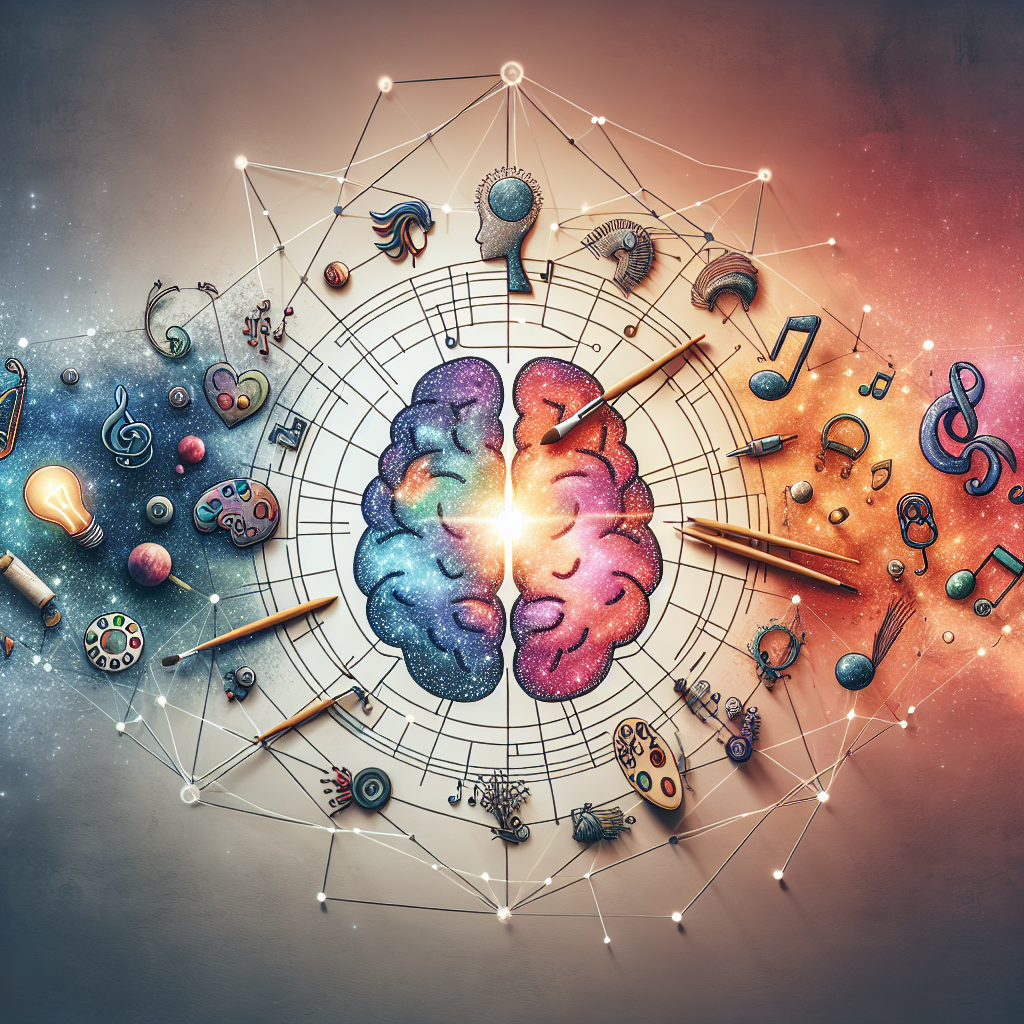Artificial Intelligence (AI) has been making significant strides in recent years, revolutionizing various industries and transforming the way we live and work. One area where AI is increasingly making an impact is in the realm of creativity. Traditionally, creativity has been seen as a uniquely human trait, but AI is challenging this notion by demonstrating its ability to generate original and innovative ideas across a range of creative domains.
AI and creativity are often viewed as opposing forces, with AI being seen as a tool for automation and efficiency, while creativity is seen as a more intuitive and emotive process. However, AI has the potential to enhance human creativity by providing new tools and resources for artists, designers, writers, and other creative professionals. By leveraging AI technologies, creatives can explore new possibilities, generate new ideas, and push the boundaries of what is possible.
One of the key ways in which AI is being used in creativity is through generative algorithms, which can produce new and original content based on patterns and data. For example, AI-powered tools like DeepDream and StyleGAN can create unique and visually striking images, while AI-powered music composition tools like Amper and AIVA can generate original music compositions. These tools can be used by artists and creators to spark inspiration, explore new ideas, and enhance their creative process.
Another way in which AI is impacting creativity is through the use of machine learning algorithms to analyze and interpret creative works. For example, AI can be used to analyze patterns in literature, music, art, and other creative works, helping to identify trends, influences, and underlying structures. This can provide valuable insights for artists and creators, helping them to better understand their own work and the work of others, and to make more informed decisions about their creative process.
AI is also being used to enhance collaboration and co-creation in creative industries. For example, AI-powered tools like RunwayML and Magenta Studio can facilitate real-time collaboration between artists, designers, musicians, and other creatives, allowing them to work together to generate new ideas, experiment with different styles, and co-create innovative works. This can help to break down traditional barriers between disciplines and foster new forms of creativity and expression.
In addition to enhancing human creativity, AI is also being used to create entirely new forms of creativity that are beyond human capabilities. For example, AI-powered tools like Google’s DeepDream and NVIDIA’s GauGAN can generate surreal and dreamlike images that push the boundaries of traditional artistic expression. These tools can inspire new forms of creativity and open up new possibilities for artists and creators to explore.
Despite the potential of AI to enhance creativity, there are also concerns about the impact of AI on creative industries. Some worry that AI could replace human creativity and lead to a homogenization of creative expression, as AI-generated content becomes increasingly prevalent. Others are concerned about issues of copyright and ownership, as AI-generated content blurs the line between human and machine creativity.
To address these concerns, it is important for artists, creators, and policymakers to engage in discussions about the ethical and social implications of AI in creativity. This includes questions about the role of AI in creative processes, the impact of AI on creative expression, and the rights and responsibilities of creators and AI systems. By addressing these issues proactively, we can ensure that AI enhances human creativity rather than replacing it.
In conclusion, AI is ushering in a new era of innovation in creativity, providing new tools, resources, and opportunities for artists, designers, writers, and other creative professionals. By leveraging AI technologies, creatives can explore new possibilities, generate new ideas, and push the boundaries of what is possible. While there are concerns about the impact of AI on creative industries, by engaging in thoughtful discussions and proactive actions, we can ensure that AI enhances human creativity and fosters new forms of artistic expression.
FAQs:
Q: Can AI truly be creative?
A: While AI may not possess the same kind of creativity as humans, it can generate original and innovative ideas through generative algorithms and machine learning techniques.
Q: How can AI enhance human creativity?
A: AI can provide new tools and resources for artists and creators, helping them to explore new ideas, collaborate with others, and push the boundaries of traditional creative expression.
Q: What are some examples of AI in creativity?
A: AI-powered tools like DeepDream, StyleGAN, Amper, and AIVA can generate original images, music compositions, and other creative works, inspiring new forms of artistic expression.
Q: What are the concerns about AI in creativity?
A: Some worry that AI could replace human creativity, lead to a homogenization of creative expression, and raise issues of copyright and ownership in the creative industries.
Q: How can we address the ethical and social implications of AI in creativity?
A: By engaging in discussions about the role of AI in creative processes, the impact of AI on creative expression, and the rights and responsibilities of creators and AI systems, we can ensure that AI enhances human creativity rather than replacing it.

